Earlier this year, a Spanish tourist using a Tiktok account with the nickname @joehattab.es shared a short video about his interesting experience at Cu Chi Tunnels during his visit in Vietnam.
After only a short time, the video quickly caused a "storm" on the social network, attracting more than 40 million views and nearly 2 million likes, becoming one of the hottest travel review videos so far this year on the platform.
Typing the keyword "Cu Chi tunnels", one can see dozens of videos appearing on Tik Tok with content about the historical site.
All of these videos were recorded and posted by international tourists and many of them had tens of millions of views and thousands of comments.
Located in Cu Chi District, about 70km from downtown HCM City, Cu Chi Tunnels were built by local residents and soldiers using simple tools from 1946 to 1968 as shelters from US and Saigon troops during the war.
More than 120km out of the 250km of the tunnels' length have been preserved for tourism purposes.
In 2016, the historic site was recognised as a special national relic.
Today, the historical tunnel has been preserved and become a popular tourism destination, every day attracting thousands of visitors, both domestic ones and foreigners, who love discovering the country's history through strange and unique places.
Visitors will be able to experience and understand the resilience and unyielding will of the people who lived in the tunnels during wartime. Cu Chi-the poor but heroic land-faced 21 years of warfare against a well-trained enemy with modern weapons.
The tunnel complex in Cu Chi served as communication and supply routes, hospitals, food and weaponry storage, and living quarters.
It began to be known as a “barren land” between 1969 and 1972 as no animal or plant could live there due to US bombs and the use of Agent Orange and dioxins.
A worship area was built with 44,379 stone steles to remember the fallen at Cu Chi.
HCM City authorities have sent a proposal to the Ministry of National Defence to seek UNESCO recognition for Cu Chi Tunnels, the largest underground tunnel network in Vietnam.
If recognised, the Cu Chi Tunnels will be the southern region’s first UNESCO World Heritage Site.
Vietnam is home to eight UNESCO recognised world heritage sites: Phong Nha-Ke Bang National Park, My Son Sanctuary, Hoi An Ancient Town, the Complex of Hue Monuments, and Citadel of the Ho Dynasty in the central region; along with Ha Long Bay, Trang An Landscape Complex, and Thang Long Imperial Citadel in the north.
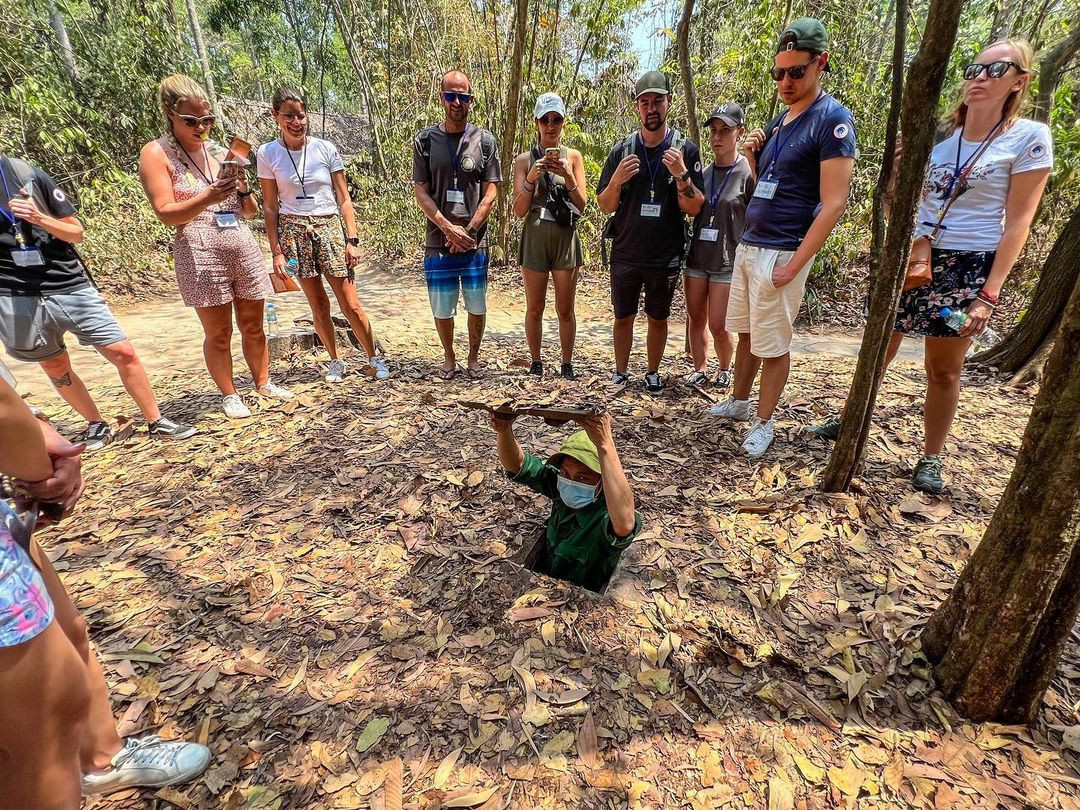
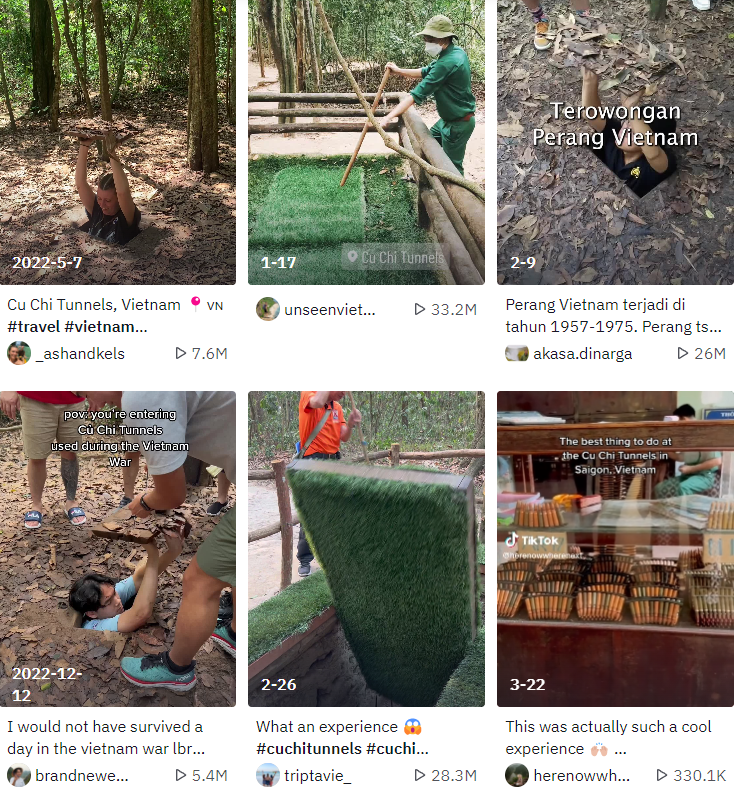
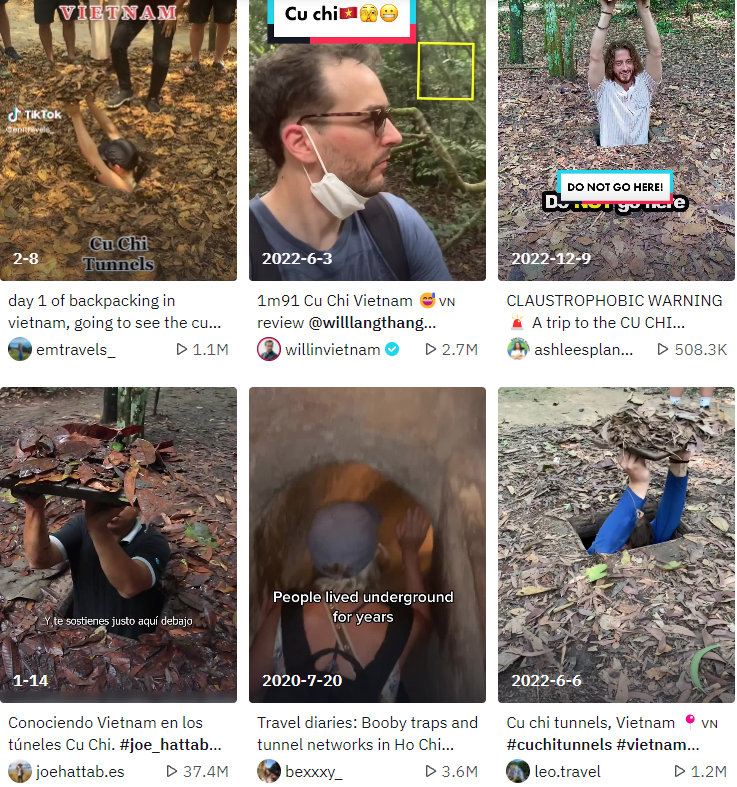
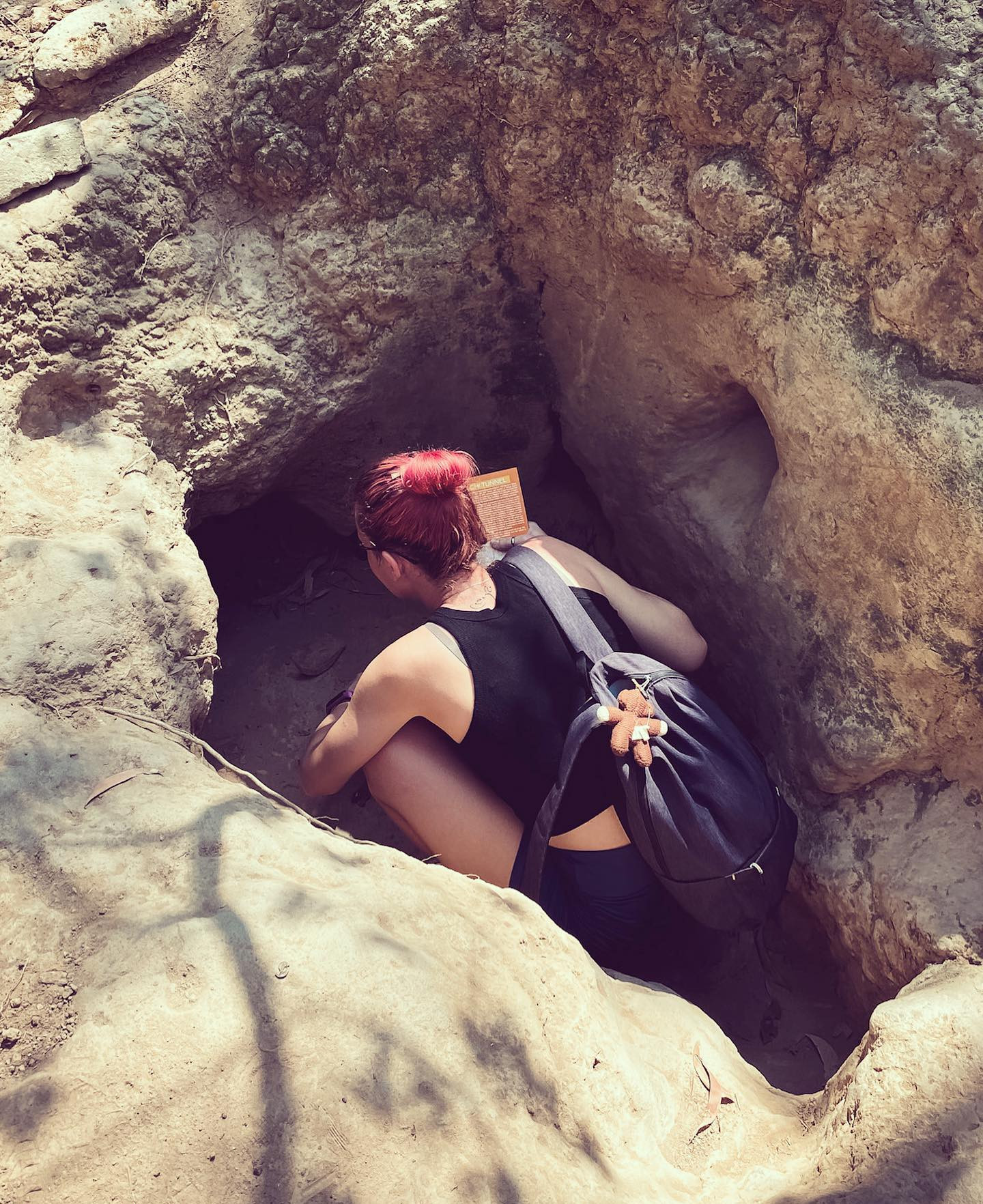
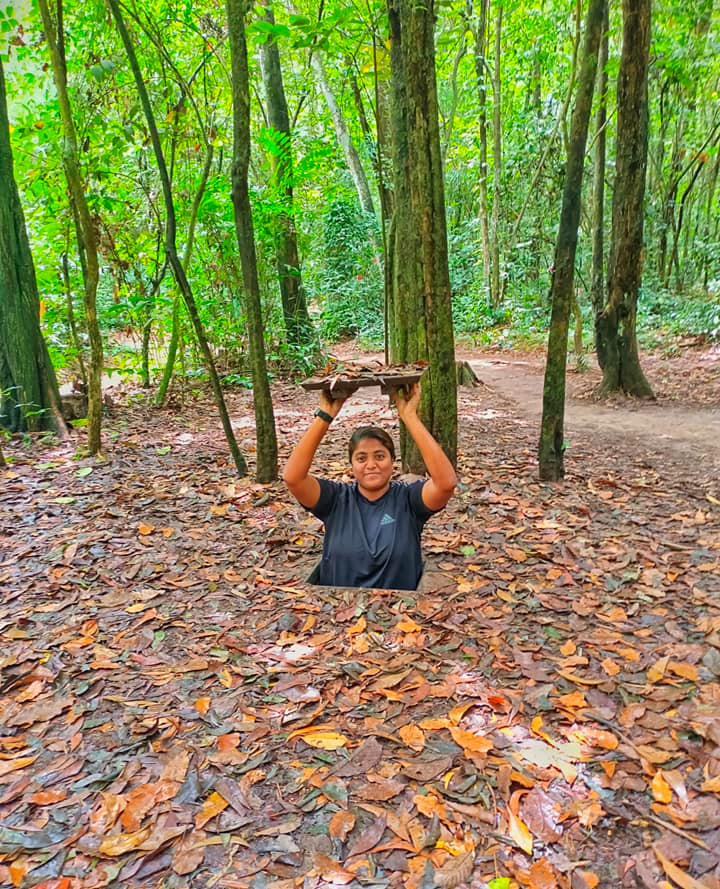
Thuy Chi